Dangerous Earthquake of 6.4 Magnitude Strikes Nepal (3rd Nov. 2023)
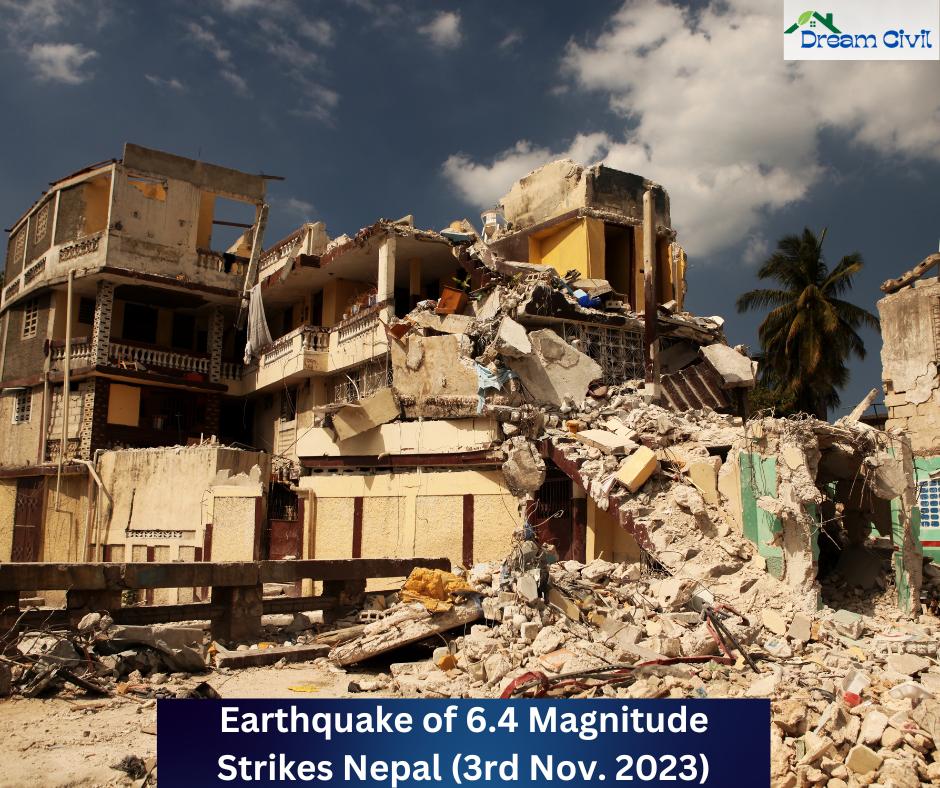
This post was originally published on this site
Table of Contents
1. Earthquake Detail in tabular format
| Earthquake attack | Nepal |
| Local date | 3 November 2023 |
| Local time | 23:47 NPT (UTC+5:45) |
| Magnitude | 6.4 Mw |
| Depth | 16.5 km (10.3 mi) |
| Epicenter | 28.848°N 82.187°E |
| Areas affected | Nepal, India |
| Total damage | Severe |
2. Earthquake of 6.4 Magnitude Strikes Nepal (3rd Nov. 2023)
Earthquake of 6.4 Magnitude Strikes Nepal (3rd Nov. 2023). A powerful earthquake beat western Jajarkot in Nepal, leading to the death of 133 people across Karnali province, where it is recorded that 95 people were in Jajarkot and 38 people in Western Rukum. Several hundred more people have been highly injured.
The quake happened on Friday night with a magnitude of 6.4. The buildings in neighboring India were also shocked.
The earthquake has been the most harmful since 2015, when two earthquakes killed approximately 9,000 people in Nepal.
Jajarkot district administrator Harish Chandra Sharma said, “The number of injured could be in the hundreds, but the deaths could push up as well.”
The epicenter was in Ramidanda, where the district has 190,000 inhabitants, with villages dispersed in remote elevations.
Investigation and rescue teams must vacate the roads clogged by landslides initiated by the earthquake to approximate the affected areas.
Prime Minister Pushpa Kamal Dahal passed to the area on Saturday with a 16-member military medical coalition to handle investigation, recovery, and relief operations.
So many people ran into the street as various buildings were also vacated. Most of the Houses have collapsed. People flowed out of their houses.
3. Tectonic setting
Nepal is a country in the Himalayas. Where the constant collision of the Indian and Eurasian plates usually causes earthquakes. These plates locomote towards each other at a speed of 40–50 mm (1.6–2.0 in) per year.
The Indian Plate is compelled beneath the continental crust of the Eurasian Plate. It results in the figure of thrust defects along the collision area. The Main Frontal Thrust is liable for acclimating this movement.
In the past, The earthquakes along these thrust faults have been significantly destructive. According to an examination published in 2014, in the east Nepal region, an earthquake with a magnitude of 8 or greater than 8 emerges on average every 750 ± 140 and 870 ± 350 years.
In 2015, another study found a 700-year gap between restricted earthquakes. The study also indicates that enormous earthquakes such as the ones that hit Nepal in 1934 and 2015 may be complementary, following a historic earthquake design due to tectonic strain buildup.
A study performed in 2016 on chronological great (M ≥ 8) earthquake couples and cycles demonstrated that associated significant earthquakes will probably emerge in the West China area through the 2020s.
4. What kind of comeback has Nepal received after the strike?
Security powers were deployed to the affected area, and helicopters were utilized to provide humanitarian assistance and staff. Soldiers were transported to explicit roads clogged by landslides, while a hospital in Nepalgunj allocated more than 100 beds on standby for earthquake sufferers.
President Ram Chandra Poudel conveyed despair over the loss of human lives and property and petitioned for adequate recovery and relief yield in impacted areas.
Prime Minister Pushpa Kamal Dahal also expressed profound sorrow and dwelled in the area on a helicopter attended by a 16-member military medical team.
The national government authorized a budget to help search and rescue procedures and deliver free medical treatment to earthquake victims. About 4,000 personnel from the Nepalese Army, Police, and Armed Police Force are experienced in these tasks.
-
International
Countries such as India, Pakistan, China, Russia, and Iran delivered condolences and comprehensive help to Nepal after the earthquake.
India sent 21 tonnes of humanitarian support and rescue units, while China committed to sending tents and blankets.
UNICEF also declared that it was estimating the injury and consequences on children and families.
5. Earthquake Magnitude Ranking
| Magnitude Range | Effects | Estimated Number Each Year |
| 2.5 or less | Primarily not sensed but quickly recorded by a seismograph. | Millions |
| 2.5 to 5.4 | It is frequently sensed and causes only minor damage. | 500,000 |
| 5.5 to 6.0 | Slight deterioration in constructions and structures. | 350 |
| 6.1 to 6.9 | Leads to more damage in highly populated areas. | 100 |
| 7.0 to 7.9 | A paramount earthquake that leads to severe damage. | 10-15 |
| 8.0 or greater | More dangerous earthquakes can ruin residents near the epicenter. | One every year or two |
6. What is the reason for excessive destruction after an Earthquake of only 6.4 magnitude?
There are various reasons for the excessive destruction of earthquakes in Nepal of only 6.4 magnitudes. These include:
-
Earthquake Depth
Earthquakes that appear nearest to the surface generate more deterioration as the vibration is more severe and can bear a more comprehensive area.
-
Weak infrastructures
The infrastructures that are not well-constructed have more potential to collapse during earthquakes, and significantly older ones are not prepared to withstand them.
-
Ground Shaking & Structural Failure
In an earthquake, ground shaking spurs hazards like liquefaction and landslides. It causes excessive damage to buildings and structures.
-
Local Geology
Soil and rock types also influence earthquake damage. Soft, flexible soil areas threaten liquefaction, causing the structure to collapse or fall. Complex rock sites are slightly inclined to liquefaction but can even undergo ground-shaking harm.
-
Population Density
Earthquakes in widely populated locations cause additional damage and deaths due to growing risks to people and buildings.
-
Structure Design
The maximum number of houses in Nepal, including Jajarkot, had been built with rock, dry stone masonry, wood, brick, mud, steel, metal, bare, and other locally available materials. People cannot afford and are unaware of building structures to sustain heavy earthquakes.
References & Citations
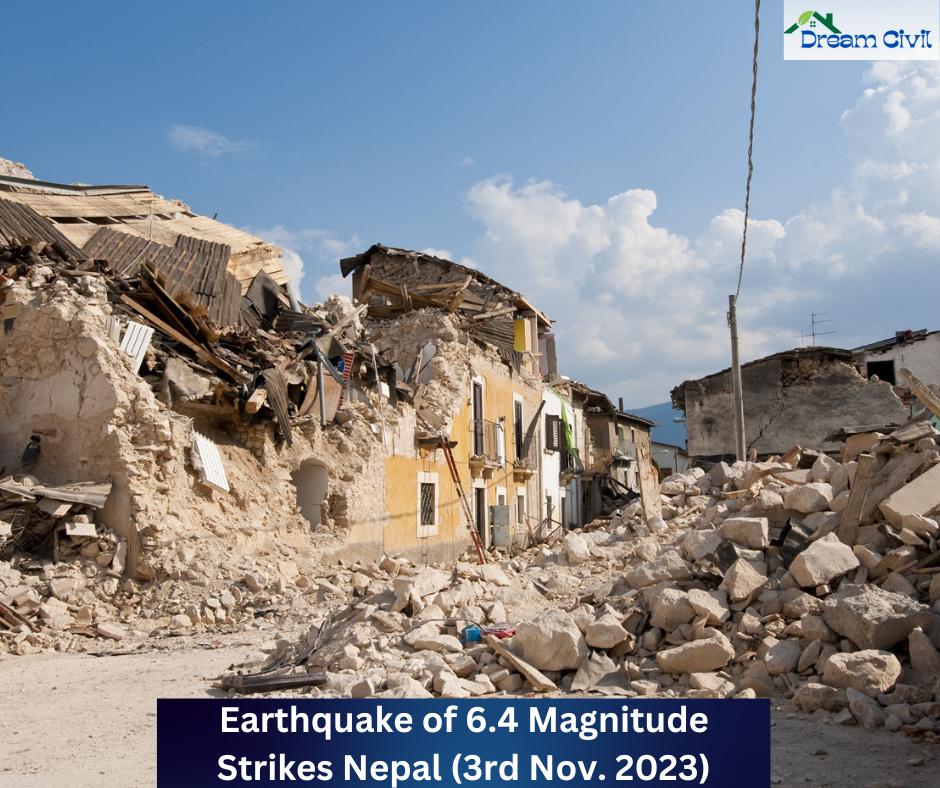
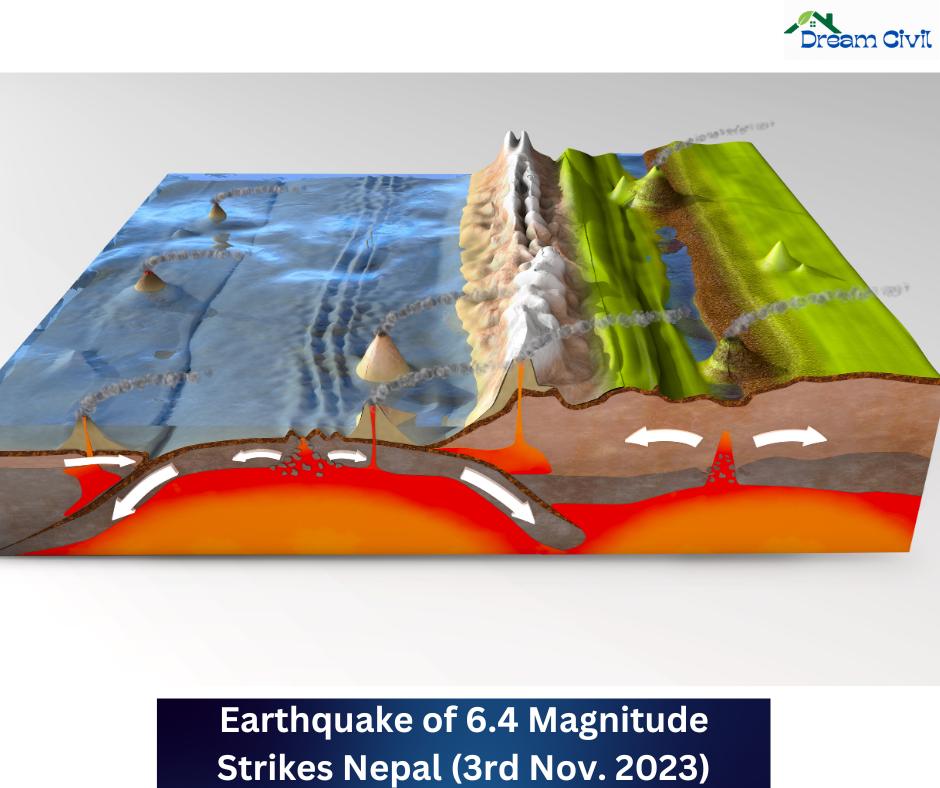


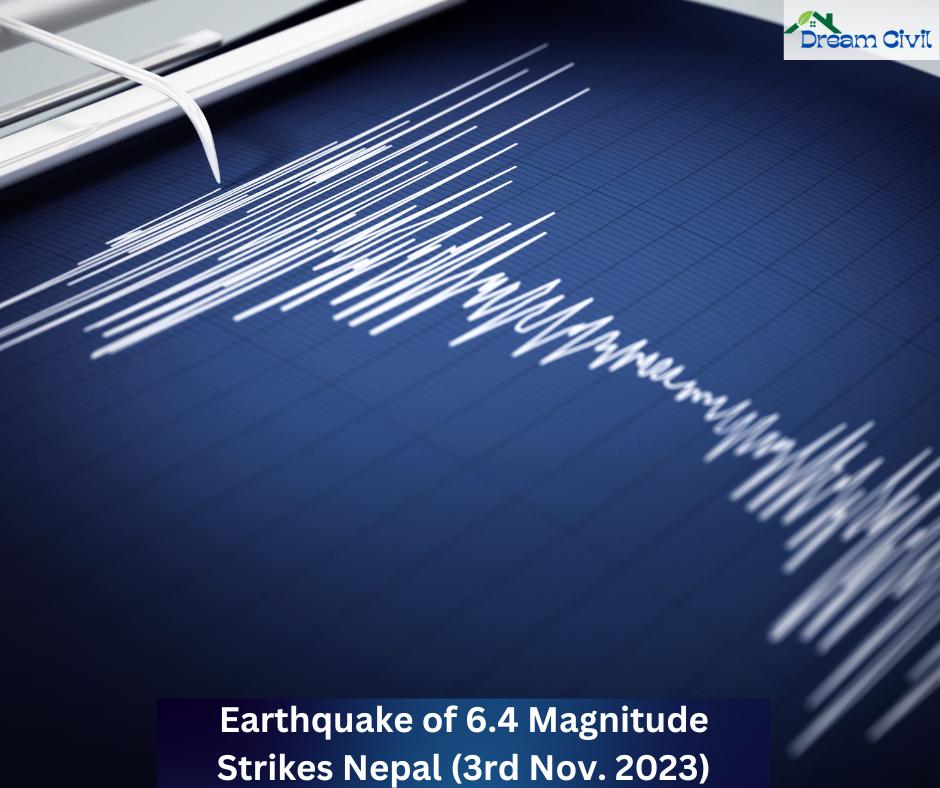
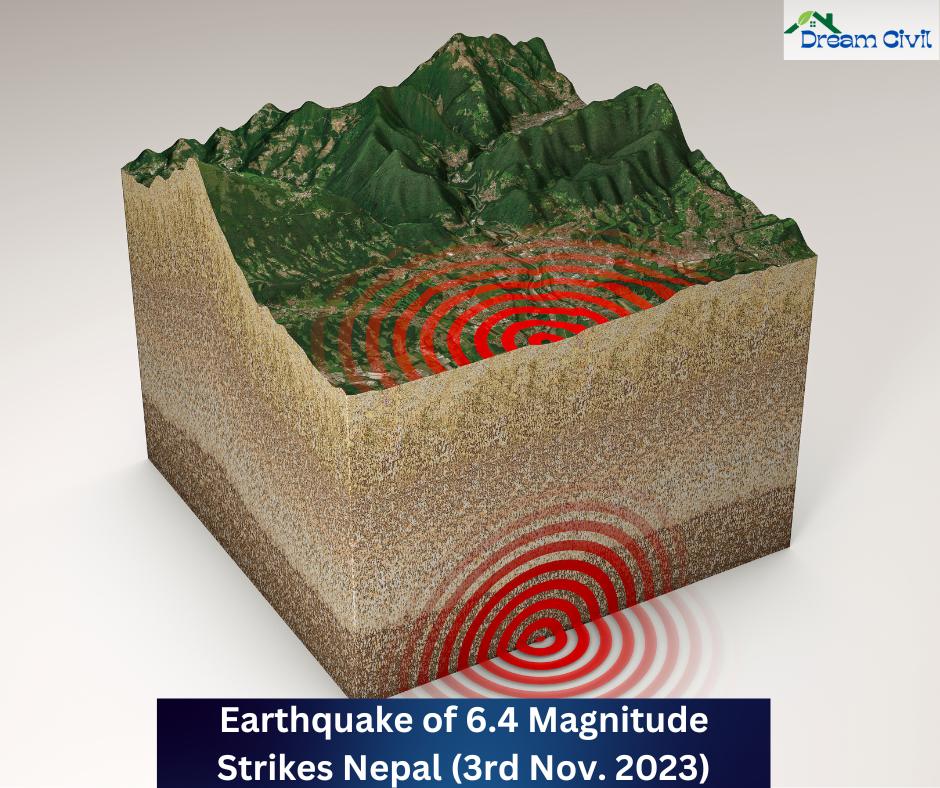
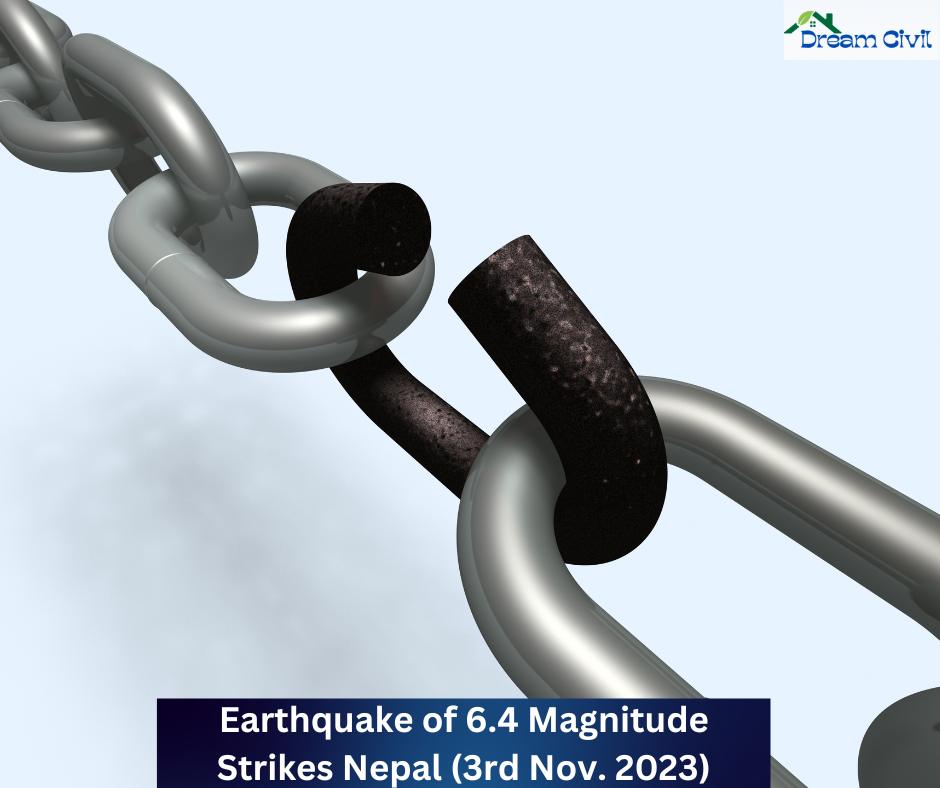
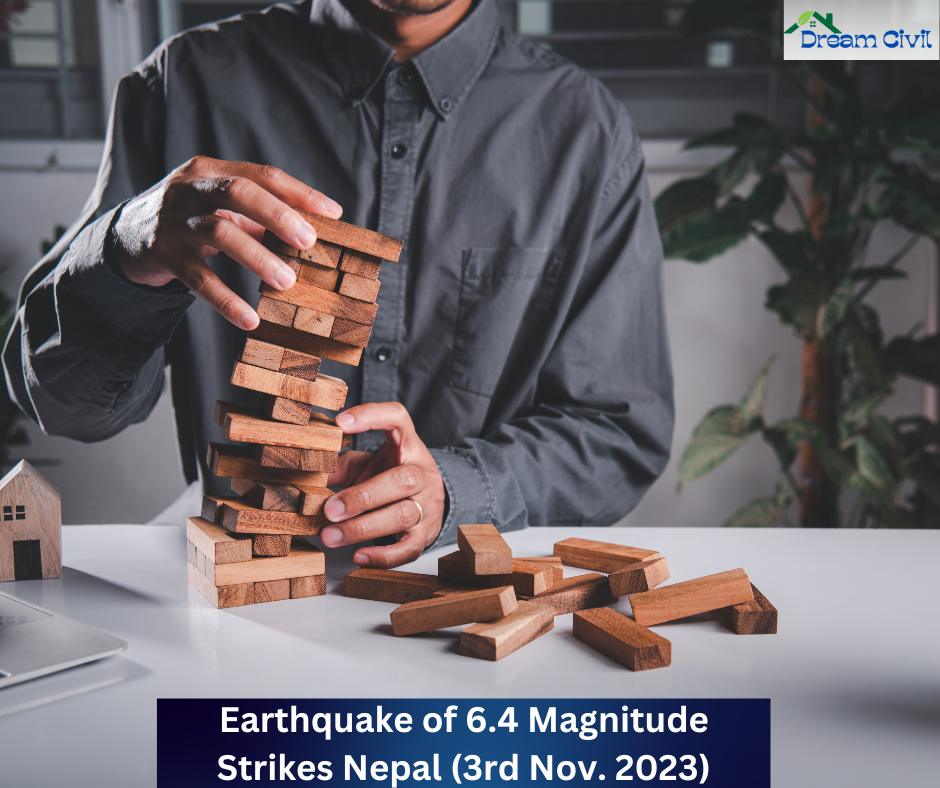
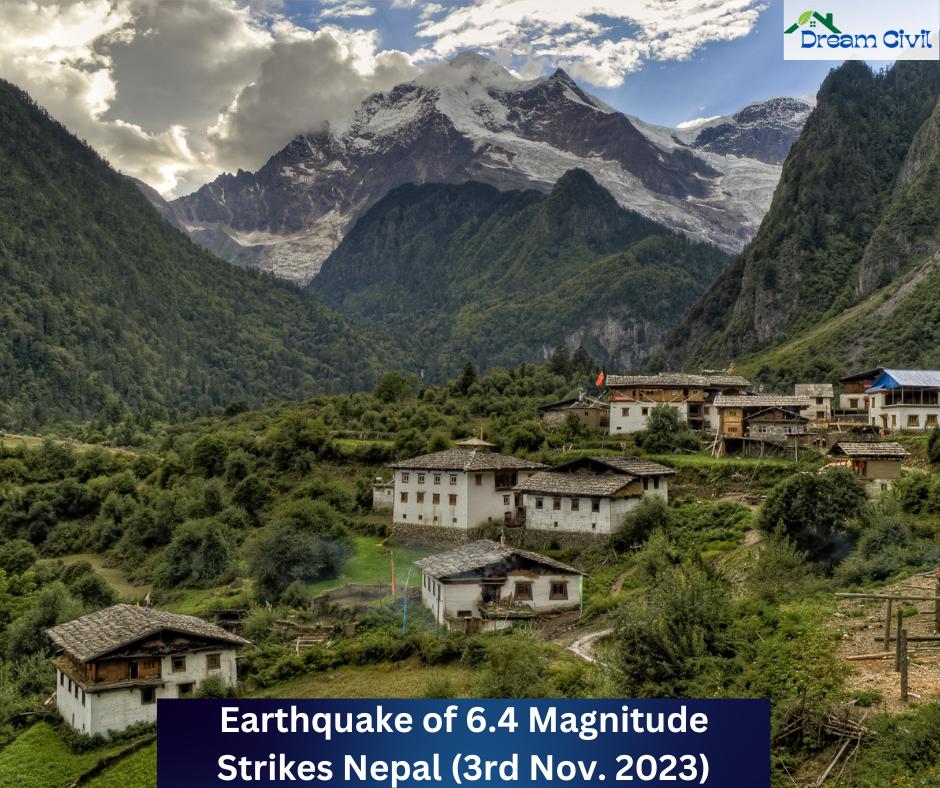
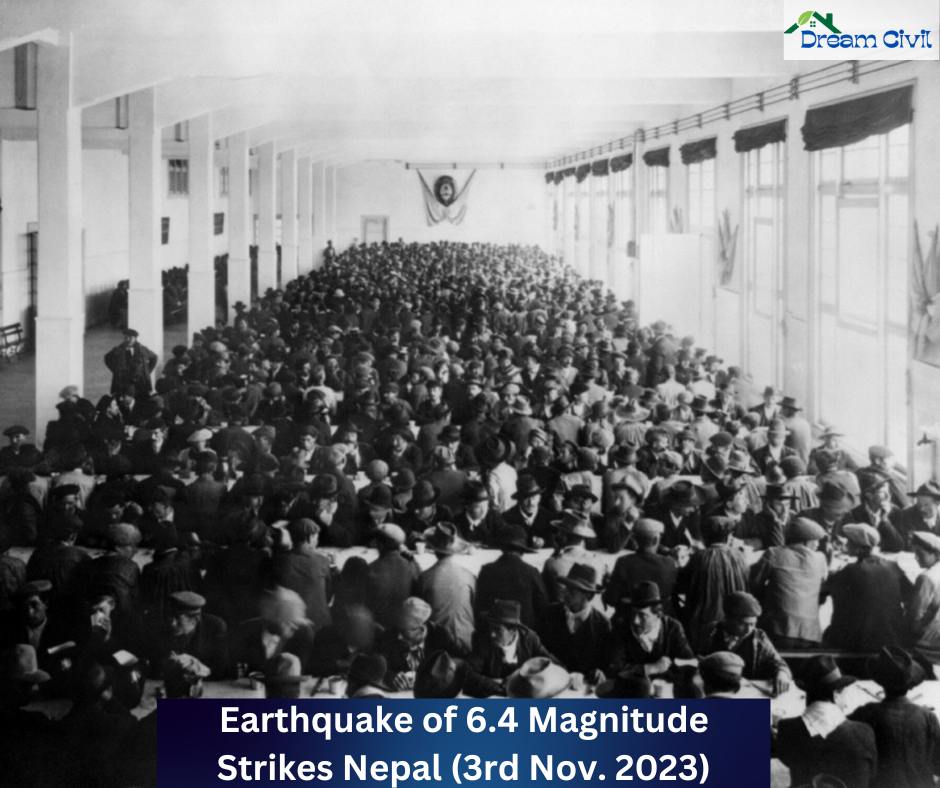
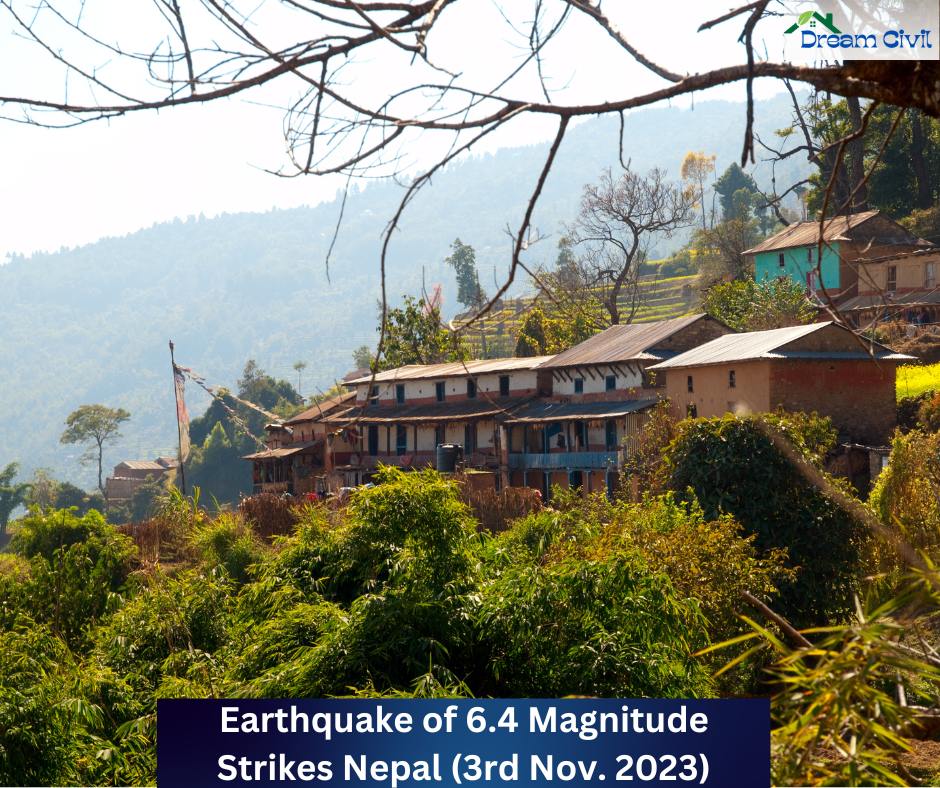


Responses